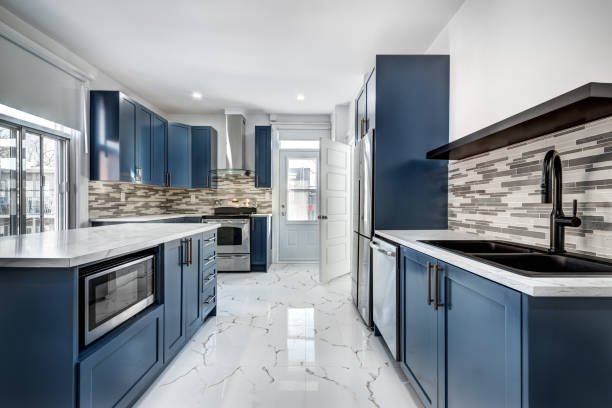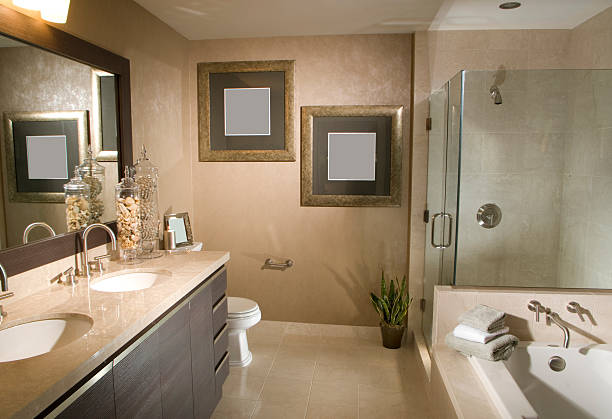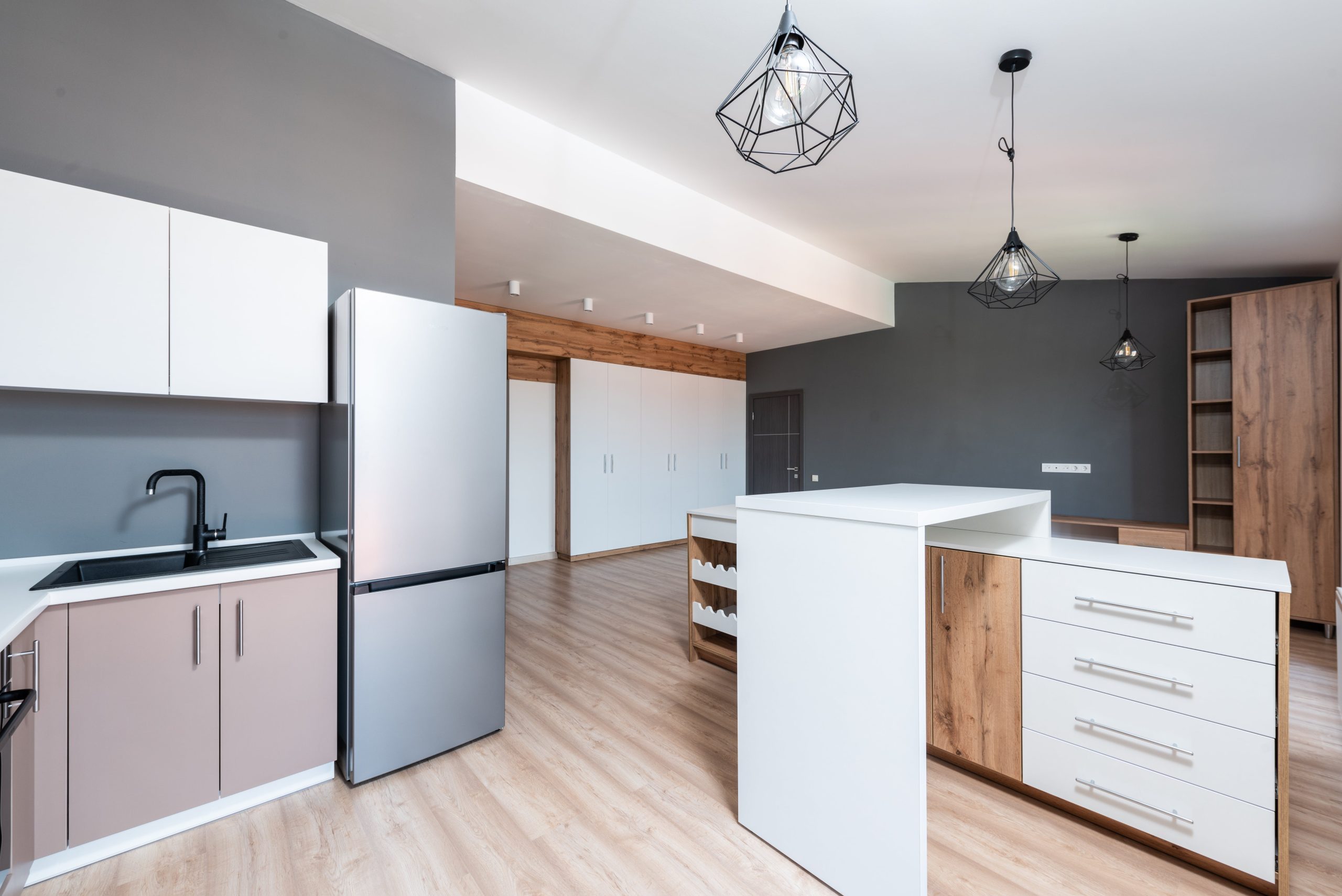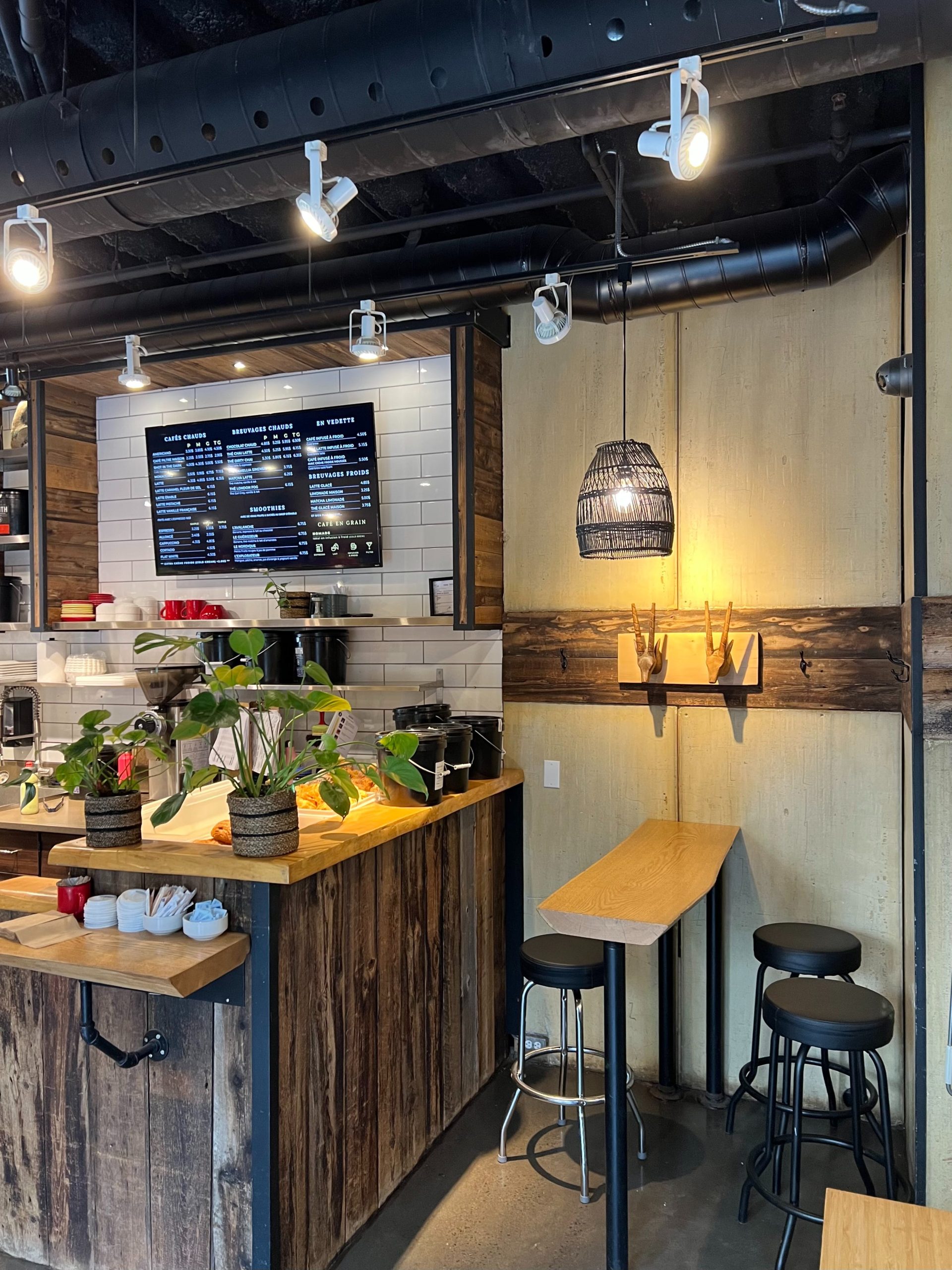Kitchen and Bathroom Cabinets are the unsung heroes of our homes, offering not just storage but also a touch of organization and functionality. However, when it comes to kitchen and bathroom spaces, cabinets are tailored to cater to their unique requirements. Let’s embark on a journey to uncover the differences, nuances, and varied types of these essential storage solutions.
Understanding bathroom and kitchen cabinets

Design and Construction
Kitchen Cabinets:
The heart of culinary creativity, kitchen cabinets are built to endure heavy usage, holding an extensive range of items, from cookware and utensils to food ingredients and appliances. Crafted with durability in mind, these kitchen cabinet used robust materials like hardwoods such as oak, maple, or cherry, offering sturdiness and longevity.
The design of kitchen cabinets is diverse, accommodating varied storage needs with deeper shelves, pull-out drawers, and specialized compartments for specific tools or appliances. Additionally, their larger dimensions cater to accommodating bulkier items commonly found in kitchens.
Bathroom Cabinets:
In contrast, bathroom cabinet material are designed to withstand moisture and humidity while serving as storage for personal care items, toiletries, towels, and cleaning supplies. Materials like water-resistant wood or laminates are used to ensure these cabinets can withstand the unique environment of bathrooms without succumbing to damage.
Their design leans towards being compact and streamlined, optimizing space while providing adequate storage. Shelves may be shallower to accommodate smaller items such as cosmetics, toiletries, and towels, ensuring functionality in a limited space.
Types of Bathroom Cabinets

1. Wall-Mounted Cabinets: Ideal for smaller bathrooms, these cabinets save valuable floor space by being affixed to the wall while offering storage solutions.
2. Freestanding Cabinets: Versatile and movable, these standalone kitchen units in bathroom often come with drawers, shelves, and sometimes countertops, providing flexible storage options in the bathroom.
3. Medicine Cabinets: Commonly placed above bathroom sinks, these cabinets combine storage with a mirrored surface, doubling up as a grooming aid while storing essentials.
4. Linen Towers: Tall and slim linen towers are designed to house towels and other linens, maximizing vertical space with shelves and drawers.
Cabinet and cupboard difference:
The terms “cabinet” and “cupboard” are occasionally used interchangeably, yet they hold subtle distinctions in their usage and structure.
Cabinets:
· Cabinets typically refer to enclosed storage units featuring doors, shelves, and sometimes drawers.
· They can be either freestanding or wall-mounted and are adaptable to various functions across different spaces like kitchens, bathrooms, living rooms, and offices. Cn we use kitchen cabinets in bathroom?
Cupboards:
· Historically, cupboards referred to standalone furniture pieces with open shelves for storing crockery or kitchenware.
· Modern-day cupboards may refer to smaller enclosed storage units, resembling cabinets yet often associated with narrower uses like storing groceries or kitchenware.
Material, Durability, and Functionality
Material Selection:
Kitchen cabinets prioritize durability and strength, often crafted from sturdy hardwoods, plywood, or MDF with laminate or wood veneers to withstand wear and tear.
Bathroom cabinets focus on moisture resistance, utilizing water-resistant woods or laminates along with finishes like polyurethane or thermofoil to protect against water damage. Bathroom & kitchen material is little bit different.
Hardware and Functionality:
Kitchen cabinets boast hardware designed to support heavier loads, including heavy-duty hinges and drawer slides, catering to the weight of pots, pans, and kitchen appliances.
Bathroom cabinet base hardware is chosen for its ability to resist moisture-related damage, such as knobs and handles made from stainless steel or brushed nickel to prevent corrosion or rusting.
Aesthetics and Design Elements
Kitchen Cabinets:
Kitchen cabinets are not just about functionality but also aesthetics. They set the tone for the kitchen’s design scheme, offering a variety of finishes, styles, and hardware options to match individual tastes, from modern and sleek to traditional and ornate.
Bathroom Cabinets:
While functionality remains crucial, used bathroom cabinets are increasingly designed to contribute to the overall ambiance of the space. Floating vanities add a contemporary touch, while ornate or antique-style cabinets impart elegance and sophistication to the bathroom.
Conclusion:
In essence, the distinction between standard kitchen and bath cabinets extends beyond mere storage solutions. It’s about understanding and catering to the specific needs of these distinct spaces, considering factors such as durability, moisture resistance, design aesthetics, and specialized functionalities.
By unraveling these differences and exploring the diverse array of options available in the market, homeowners can make informed decisions, ensuring that their choice of cabinets harmonizes seamlessly with the requirements of their kitchens and bathrooms, both functionally and aesthetically.
Cupboard cabinet difference, although seemingly interchangeable terms, present nuances in their structures and uses, enriching the conversation about storage solutions. Understanding these subtleties equips individuals to optimize their spaces, embracing not just practicality but also design sophistication within their homes.
FAQs
Can you use kitchen cabinets for bathroom vanity?
While it’s possible, using kitchen cabinets for a bathroom vanity requires consideration of moisture resistance and appropriate materials due to the different environments and requirements of each space. Customizing kitchen cabinets for a bathroom vanity might involve sealing or treating them to withstand the bathroom’s humid conditions.
Should kitchen and bathroom hardware match?
While matching hardware can create a cohesive look, it’s not essential; mixing finishes can add visual interest and personality to each space, allowing for individualized design choices in the kitchen and bathroom. Ultimately, personal preference and the overall aesthetic goals dictate whether matching hardware is preferred or if diverse finishes are embraced for a unique style.





